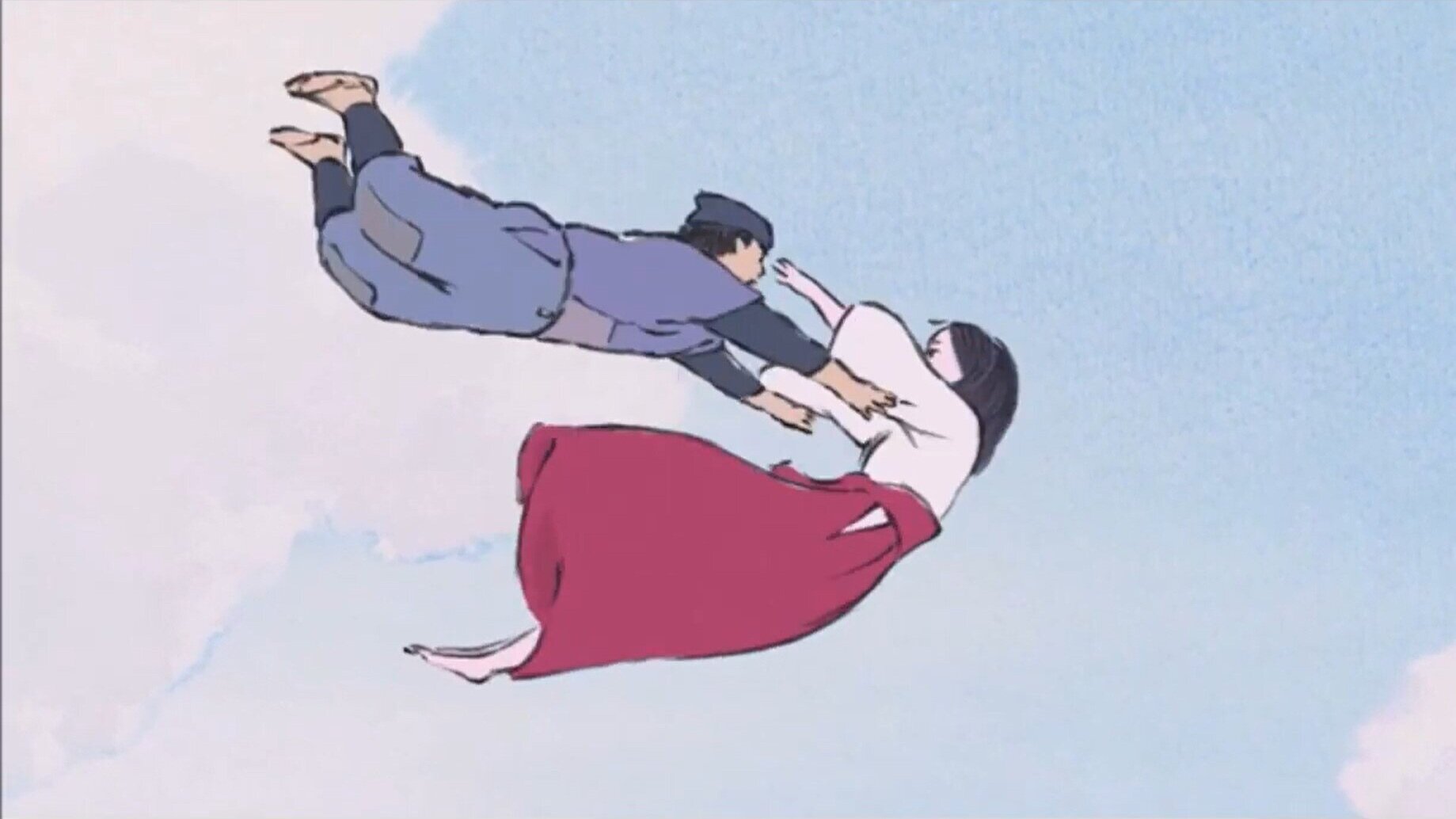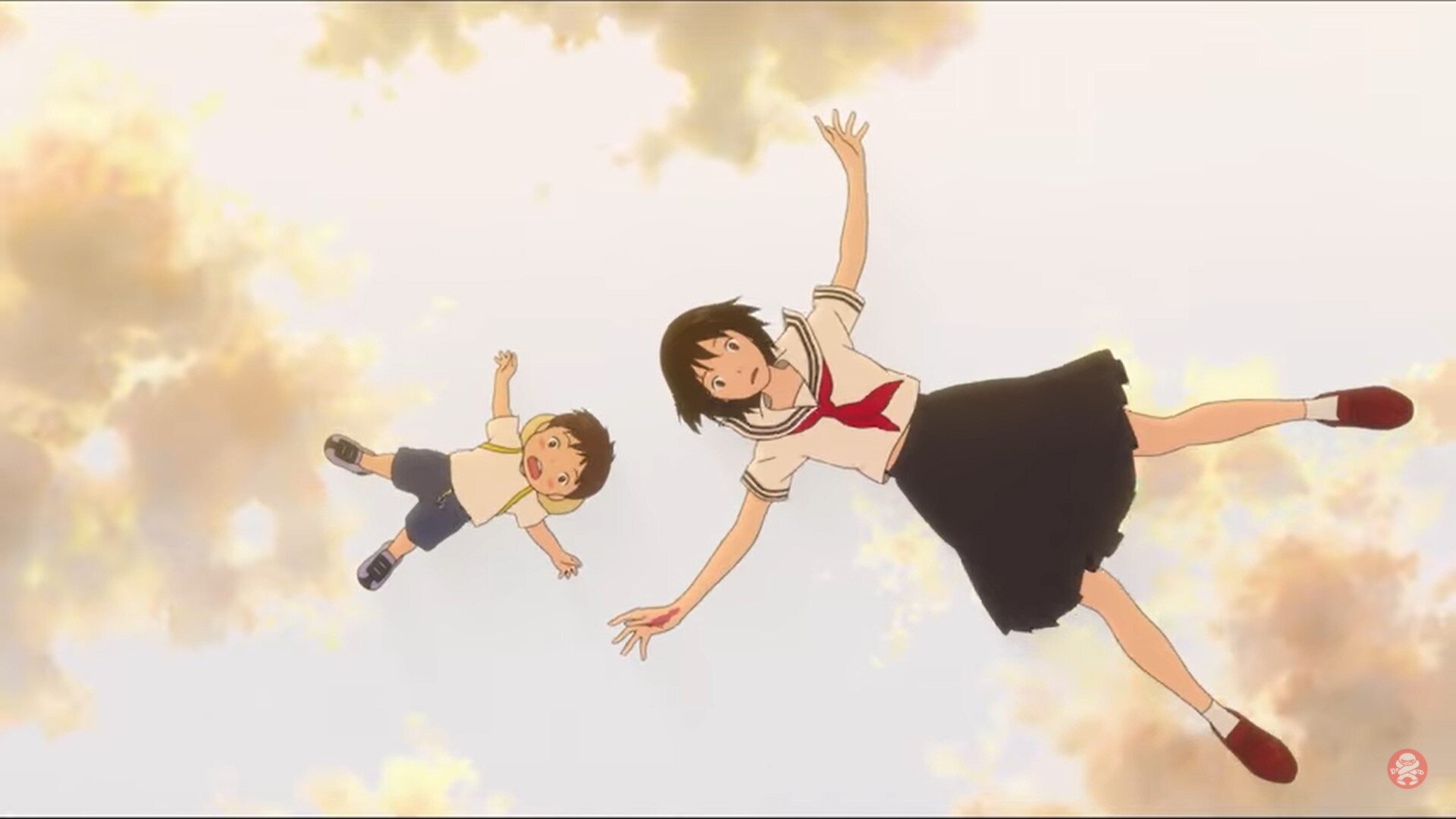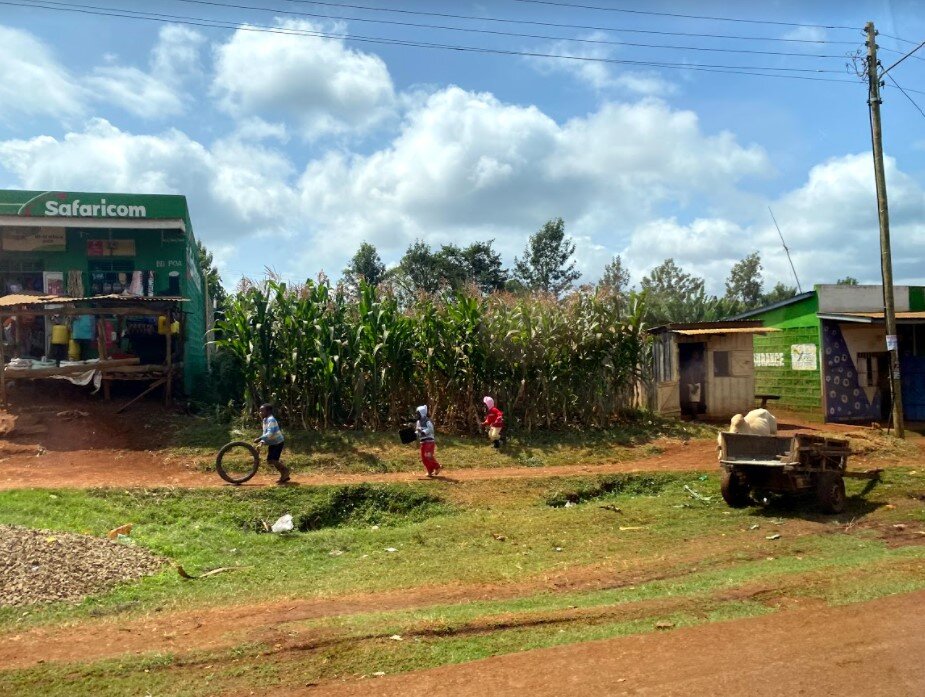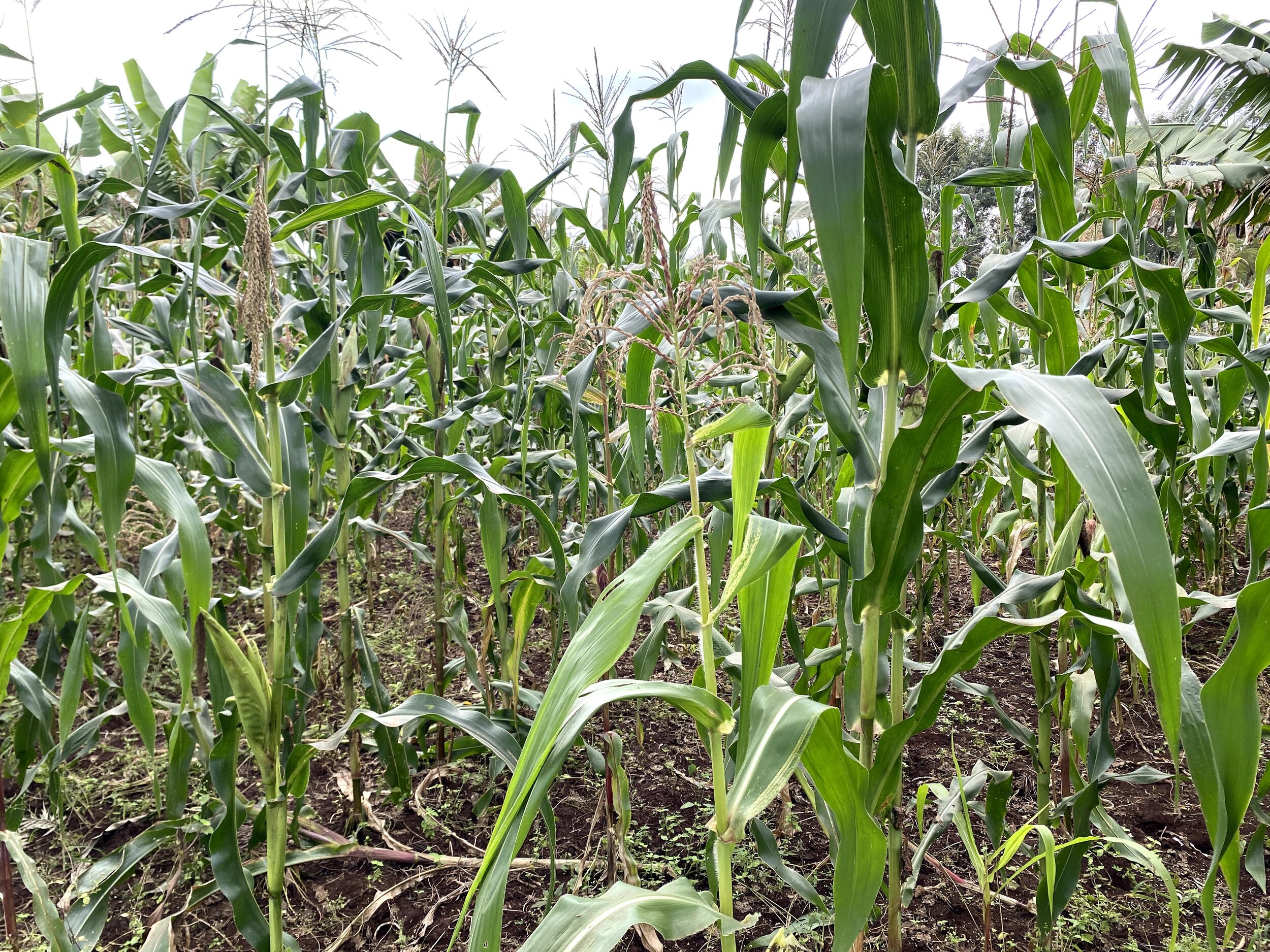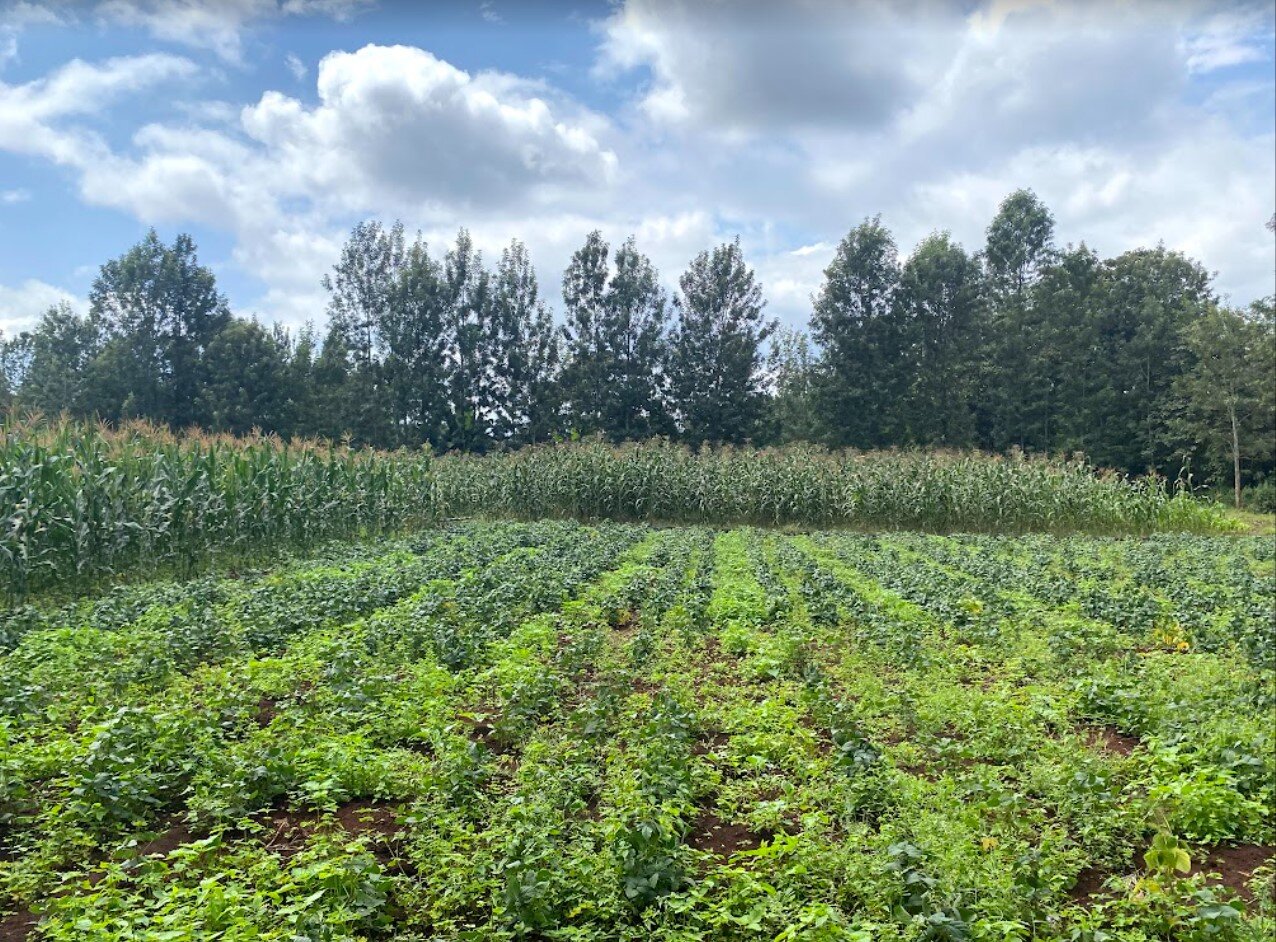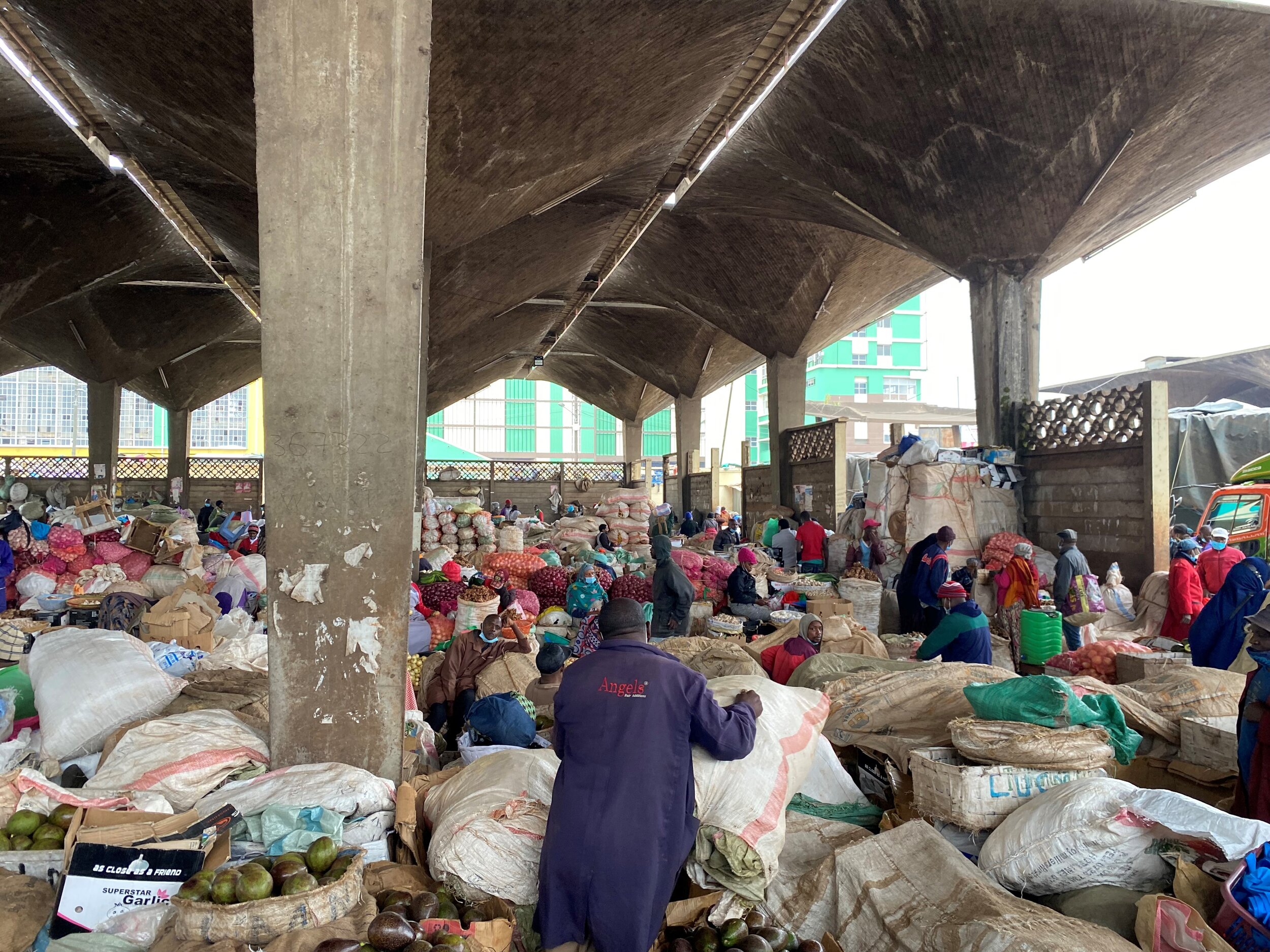As a follow up to my post from a few weeks ago, I want to examine in detail what factors make taking an Uber in Kenya more frustrating than it is in the US.
I’m devoting two posts to this not because this affects my life very much, but because I find it an interesting case study in how behavior that seems driven by incompetence is actually driven by poorly designed systems and incentives that are hard to see at first.
More bluntly, understanding how this all works helps move me from bad stereotypes like “Agh! These Kenyan Uber drivers are so bad at their job!” to “Uber doesn’t work the way it does in the US because drivers face different pressures than US drivers like capital constraints and less reliable maps.
And of course, sometimes people are just bad at their jobs.
Pain points
1. Driver calls the customer to ask where their pickup and drop-off locations are
Drivers call about where you are, which can be annoying because you want to yell “I’m at the PIN - that’s the whole reason Uber has a map.” As far as I can tell there are three main reasons for this 1) Sometimes the drivers aren’t good at reason the map. As one Uber driver who was kind enough to let me interrogate him about this told me “some of these old guys aren’t used to reading these maps.” 2) sometimes the Uber map display is actually wrong (1) so the drivers don’t trust it.
Calling to ask the drop-off location is more understandable. Towards the end of a shift, a driver wants a ride that will take them close to home, so will cancel if you’re heading the opposite direction. This is especially prominent when there is a curfew that the driver needs to beat to get home.
2. Driver asks customer to cancel the ride rather than doing it themselves
If a driver cancels over 15% of their rides, they are in danger of being kicked of Uber. There is no penalty for a rider to cancel a ride though, so the driver asks the rider to cancel.
This issue is totally Uber’s fault. The company doesn’t seem to realize that having the 15% limit doesn’t mean that drivers pick up customers more often - it just means that drivers ask riders to cancel instead which is more frustrating.
3. On Uber’s map, sometimes it appears that car is idling rather than coming closer
It could be that the driver has actually stopped - either for gas or to get food or for other reasons that I don’t understand. I think part of this is also due to Kenya having a “flexible-time” culture, where - according to Erin Meyer in The Culture Map: “Many things are dealt with at once and interruptions accepted”, as opposed to the US where interruptions like a driver stopping before picking you up without explanation would be seen as less acceptable.
Sometimes it’s also because the Uber map is malfunctioning, or because the driver has turned off data on their phone to save their limited data bundle.
4. Driver does not follow the map route and either asks customer, or takes another route which sometimes adds time
Sometimes the maps are wrong, sometimes the suggested route actually takes you through a bunch of traffic. So the drivers, rightfully, are less likely to trust the map than drivers do in the US. And just like people everywhere, sometimes the driver thinks he knows a shortcut that actually takes you through 3 back alleys, 2 dead ends, and a 5-minute total standstill on Waiyaki Way (2).
5. Driver sometimes stops for gas during the trip
Drivers don’t typically have the working capital to fill up their car to the max at the start of the day, so have to fill up in small increments throughout the day as they make money. If they’re doing trips back to back to back, they don’t really have an option other than to fill up while a rider is in the car.
It’s also likely driven by the “flexible-time” culture of Kenya, as explained in 3 above.
6. Drivers give lower ratings than drivers in the US
Uber riders from the US generally get lower ratings from their drivers in Kenya than they do in the US. Part of this is driven by payment type: If you pay by card rather than cash, you may get a lower rating as a rider. Drivers prefer getting paid by cash because they don’t have much working capital, and payments by card are only disbursed to them at the end of the week (3).
It also seems like Uber drivers in Kenya just give lower ratings in general in the US: In the US 5 stars means “good” and anything lower means “bad”. Kenyan drivers seem to think that 4 stars isn’t quite so bad. This is Uber’s fault for not having clear ratings standards worldwide (4).
Takeaways
It’s easy to assume people are incompetent when in fact they face pressures that you don’t realize
It’s your responsibility as a company (like Uber) to design your system in a way that takes into account the difficulties faced by your contractors (drivers) and customers (riders) so that you don’t put undue pressure on your contractors and have a bad experience for your customers
People sometimes complain about technology and the modern American world making all of our interactions transactional rather than personal. I’ve realized that often I want interactions to be transactional and technology-mediated. Calling an Uber in Nairobi involved more personal interaction than in the US, but this is not good, life-affirming personal interaction. I would much rather the act of reserving a car and giving directions be done by technology
Conclusion
All that said, I went to Rwanda recently which doesn’t have Uber and where my friends and I had to find taxis, negotiate prices, navigate a language barrier, and try to give directions using Google maps.
Comparatively, getting around Nairobi is a piece of cake.
Endnotes
For example, when I drop a pin for my favorite kibanda, the location shows as “Safaricom office” which is 400 meters away across the highway. Roads are also often labelled incorrectly
In my 10 months in Nairobi, taking probably on average ~8 ubers a week, I have had <5 women drivers
I think it’s weekly - could be monthly. In any case, it’s not immediate. As one driver, Harrison, told me: “sometimes you don’t have any food in the house in the morning, so you do a few rides, and then send money home so they can get breakfast.” You can’t do that if your first few riders only paid by card
Anecdotally, this is a problem when you go back to the US (probably other countries too) because drivers see you have a low score by American standards and then don’t want to give you rides






